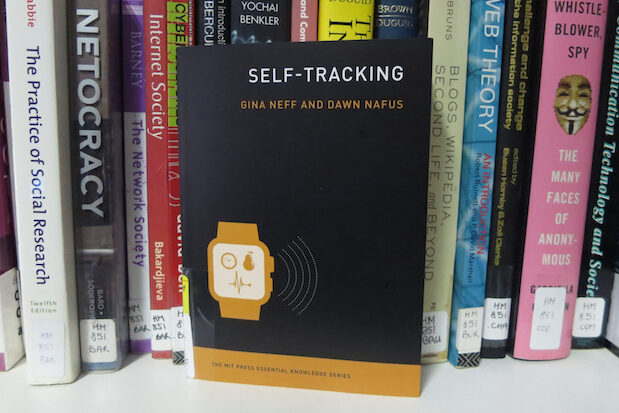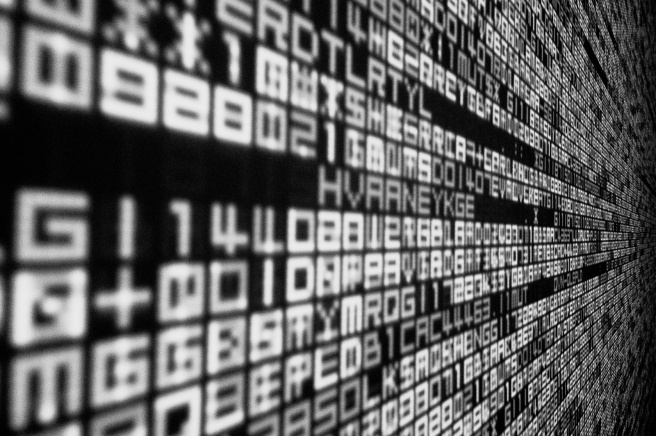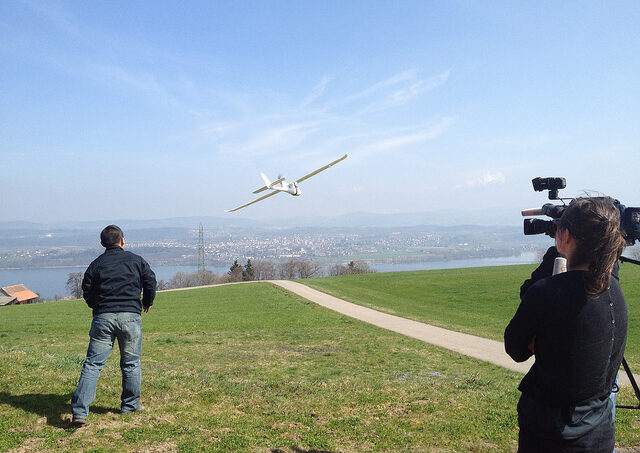
Young people choose to use platforms for play, socialising and expressing their identity. Image by Brad Flickinger (Flickr: CC BY 2.0)
Two concepts have recently emerged that invite us to rethink the relationship between children and digital technology: the “datafied child” (Lupton & Williamson, 2017) and children’s digital rights (Livingstone & Third, 2017). The concept of the datafied child highlights the amount of data that is being harvested about children during their daily lives, and the children’s rights agenda includes a response to ethical and legal challenges the datafied child presents. Children have never been afforded the full sovereignty of adulthood (Cunningham, 2009) but both these concepts suggest children have become the points of application for new forms of power that have emerged from the digitisation of society. The most dominant form of this power is called “platform capitalism” (Srnicek, 2016). As a result of platform capitalism’s success, there has never been a stronger association between data, young people’s private lives, their relationships with friends and family, their life at school, and the broader political economy. In this post I will define platform capitalism, outline why it has come to dominate children’s relationship to the internet and suggest two reasons in particular why this is problematic. Children predominantly experience the Internet through platforms ‘At the most general level, platforms are digital infrastructures that enable two or more groups to interact. They therefore position themselves as intermediaries that bring together different users: customers, advertisers, service providers, producers, suppliers, and even physical objects’ (Srnicek 2016, p43). Examples of platforms capitalism include the technology superpowers – Google, Apple, Facebook, and Amazon. There are, however, many relevant instances of platforms that children and young people use. This includes platforms for socialising, platforms for audio-visual content, platforms that communicate with smart devices and toys, and platforms for games and sports franchises and platforms that provide services (including within in the public sector) that children or their parents use. Young people choose to use platforms for play, socialising and expressing their identity. Adults have also introduced platforms…









